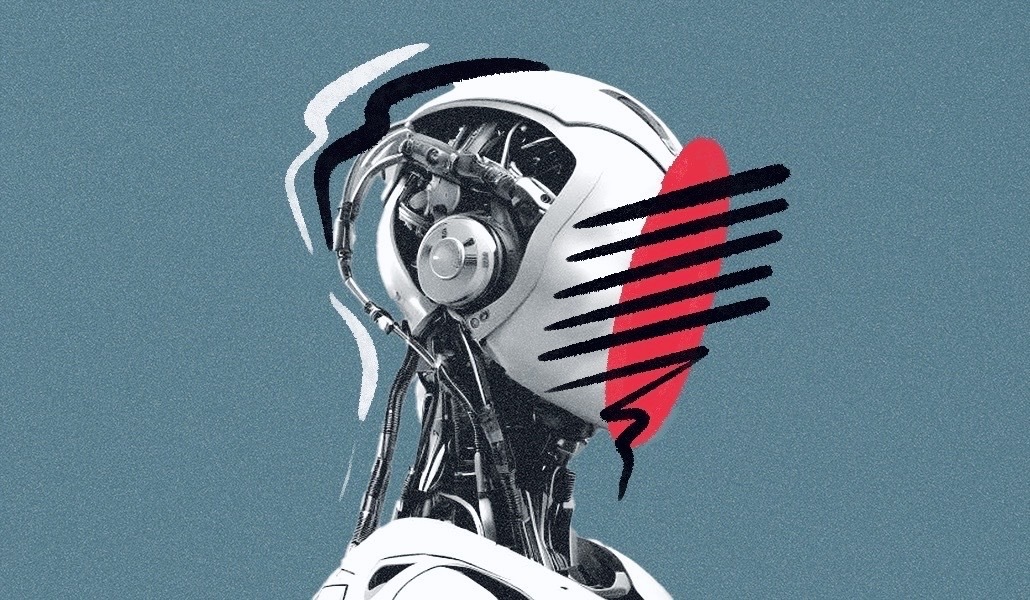Physical Address
304 North Cardinal St.
Dorchester Center, MA 02124
Physical Address
304 North Cardinal St.
Dorchester Center, MA 02124

Workers may have a problem with overpowered AI.
About half of business leaders report declining company-wide enthusiasm for AI integration and adoption, according to a recent EY poll. overviewincluding responses from 500 senior business executives.
The findings speak to a general exhaustion with the constant changes in the post-pandemic workplace, with the return to offices, hybrid work and now the integration of new and potentially transformative technologies. And this applies to all levels of organizations. In an EY survey, more than half of company leaders said they felt they were failing in their role amid the rapid growth of AI.
“The main driver of AI fatigue is the intense focus on adoption over the past year, coupled with uncertainty about the technology’s impact on employees and the rapid pace of its implementation,” said Dan Diasio, EY’s global head of AI consulting.
“As companies move forward with AI integration, many are facing increasing challenges related to employee disengagement,” said Diasio.
One problem is that many workers find that the tools do not increase their productivity. Nearly 80% of workers who use generative artificial intelligence in their work say they do it increases their workload and limits their productivityas they spend more time viewing or moderating AI-generated content, an Upwork survey of more than 2,500 full-time workers, freelancers and executives found.
In the same survey, 96% of executives said they expect AI to increase productivity, while about 40% of employees said they don’t know when that will happen.
In some cases, AI tools were initially introduced and then curtailed based on legal teams’ concerns, said Emily Rose McRae, senior analyst director at Gartner. “You have tools that could have been useful that people are now being told not to use, which then reduces enthusiasm for the whole category,” she said.
Another big problem is the lack of training on how to properly use the new AI tools. From 2023 to 2024, the number of employees who reported feeling very ready to work with AI dropped six percentage points, according to a Gallup report. About 40% of employees said they struggle to understand how to integrate AI into their work, and 75% said they lack confidence in how to use AI, another Wiley report found.
“As AI is still a new tool for many, it is imperative that companies prioritize communication, transparency and education to alleviate these concerns. By focusing on human-centered design, leaders can help employees better understand their role and potential benefits, fostering a more engaged workforce,” said Diasio.
To read the full article on WorkLife click here
https://digiday.com/?p=563896